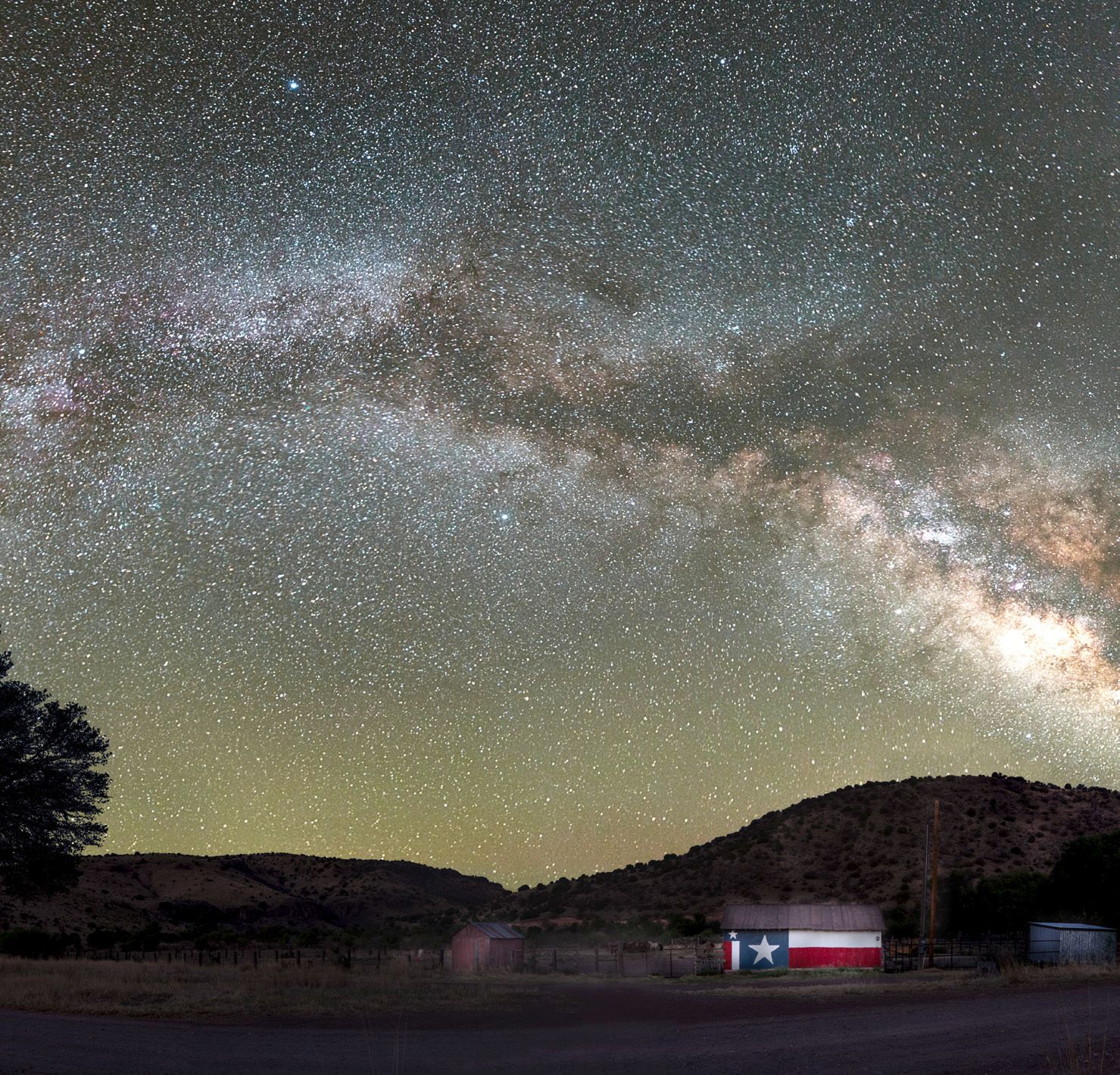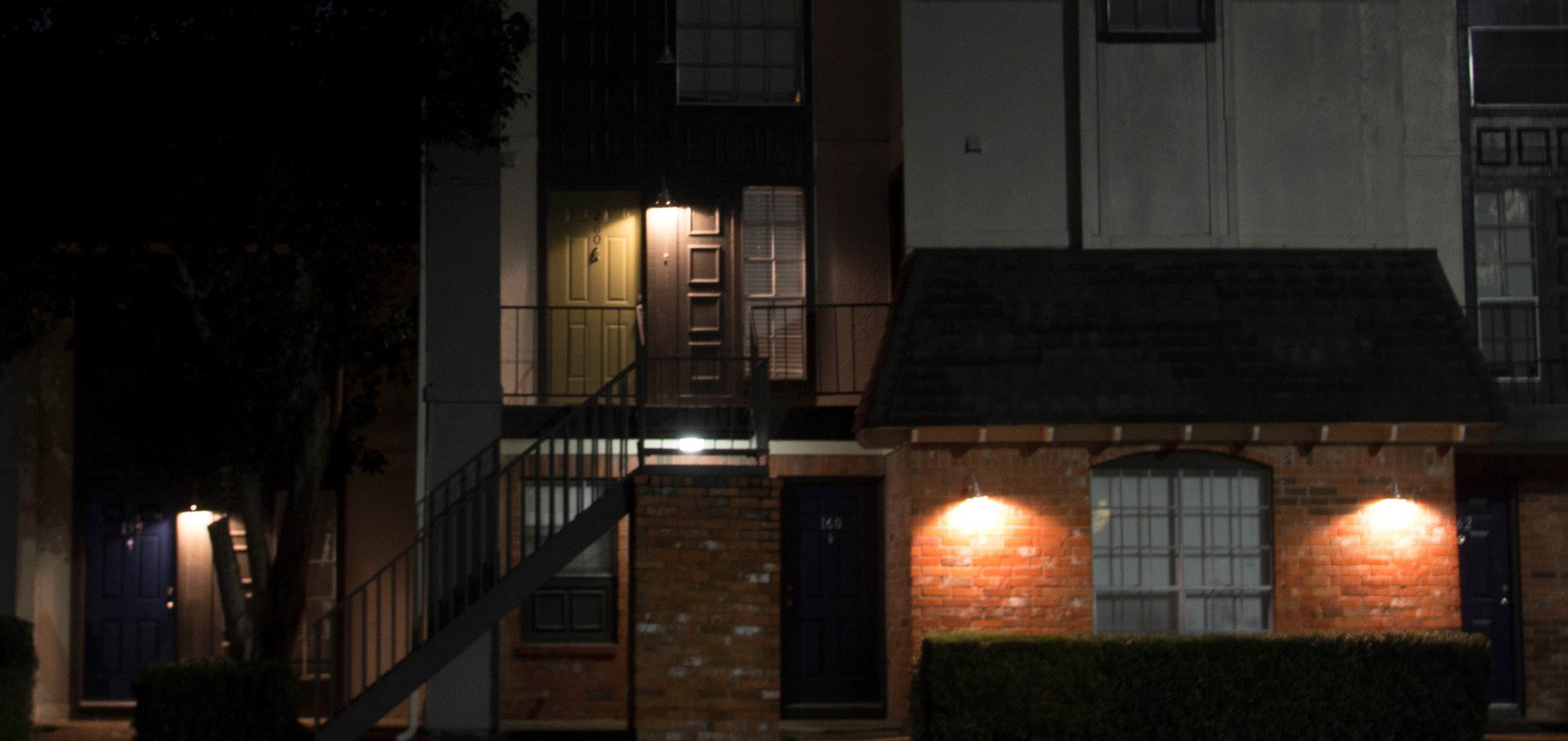ASTROTOURISM
Local club wants to reduce light pollution
CATHERINE PARKER
TAYLOR — For years, Taylor’s night skies have remained cloaked in darkness, but many fear those stars might lose their glimmer as Austin development inches its way eastward.
However, some Taylor residents believe they can keep the skies free of light pollution by promoting night-sky events and education.
Urban growth is usually the cause of light pollution, which crowds out the natural blanket of the night sky with artificial illumination.
There are solutions, officials said. Smart nighttime lighting along with a bit of guidance keeps the skies dark over places such as national parks, cities and even neighborhoods for future generations.
DARKSKY INTERNATIONAL
One answer to curbing light pollution could be through the programs of the International Dark-Sky Association, a nonprofit dedicated to protecting the night skies.
The nonpartisan group now goes by the name DarkSky.
Originally formed in the United States by professional astronomer David Crawford and physician and amateur astronomer Tim Hunter, the group has assisted stakeholders in protecting the night skies since 1988.
The organization supports more than 70 volunteer-led chapters worldwide, and locals are trying to start one in Taylor. Each chapter helps their local community protect the after-sundown view from light pollution.

According to DarkSky.org, “By providing leadership, tools and resources for individuals, policymakers and industry, we will reduce light pollution and promote responsible outdoor lighting that is beautiful, healthy and functional.”
More information is found at DarkSky.org.
DARKSKYTEXAS
Texas has its own DarkSky International chapter. It helps Texans retain their stars, big and bright. After all, inky night skies and the shimmering Milky Way are part of the mystique of the Lone Star State.
According to DarkSky Texas, “Overly bright artificial lights directed in the wrong direction have stolen the night sky from most of us in Texas. We can easily change it with smarter lighting that looks better, saves money and lets us see better after dark.”
Some of the starriest skies belong to West Texas in places such as Big Bend National Park. Many communities in the Hill Country are Texas DarkSky Places, officially recognized by DarkSky International.
Dripping Springs led the charge, earning the designation in 2014. Others have followed, including Lost Creek Limited District in Austin, Wimberley Valley, Blanco and Bee Cave.
TAYLOR DARK SKIES CLUB
A group of Taylor residents desiring to protect the town’s twinkling stars formed the Taylor Dark Skies Club this spring.
Membership has grown to 40 people; they want it to become an official DarkSky chapter, a process that will take time.
One of its founding members, Taylor resident and nurse Sydney Snowden, is heading the cause. She is a member of DarkSky International and manages the local group’s social media and email.
The Taylor Dark Skies Club wants to hold future community events with a focus on night-sky exploration. To do that, they are soliciting local “citizen scientists,” educators and telescope owners willing to share their expertise and equipment.
In addition to nighttime programming, the club wants to offer DarkSky educational material. Members plan to showcase examples of DarkSky-approved lighting to help property owners replace older light fixtures and reduce glare.
Along with the club’s participants, city officials value the dark skies in eastern Williamson County.
“Back in the mid-’60s, I don’t recall this being an issue, but it’s not easy to compare. Light pollution sneaks up on you one fixture at time; like slow boiling a frog. It’s difficult to identify until one night you realize the Milky Way’s missing,” said Mitchell Drummond, a City Council member.
“I didn’t really give it (night skies) much thought until I purchased a telescope in 1990,” added Drummond, who has ventured to West Texas to view the stars.
For those who wish to learn more, organizers can be reached at [email protected].
WHYHUMANSANDANIMALS NEED DARK SKIES
According to DarkSky Texas, “Almost all living organisms have a dependence on a circadian rhythm. Daily cycles of light and darkness and the number of hours of each trigger key occurrences in their lives.”
Animals including birds, mammals and reptiles need natural darkness for navigation, reproduction, daily cycles and annual cycles. From fireflies and frogs to night-blooming plants, each are affected by artificial nighttime light, DarkSky Texas states on its website.
“We are just beginning to understand all the alterations and disruptions that are caused by our modern habit of profusely using artificial light at night,” the posting said.
LIGHTING CHOICES TO PROTECT THE NIGHT SKIES
Property owners and managers don’t have to choose between blazing nighttime lighting and seeing the stars. There are light fixtures that can help reduce glare while improving visibility.
According to Spotlight Houston, a service that helps property owners improve their lighting, using soft-shielded light fixtures is a good start. It focuses the light down while reducing glare.
Property owners looking to replace or add light fixtures can search for the “DarkSky Seal of Approval.” This ensures the fixture is non-glare and focuses the light to the ground, where it is needed for safety.
Deborah Moran of Spotlight Houston suggests a light fixture that hides the bulb under the top assembly of the fixture. The use of a soft, white LED bulb reduces the energy used for lighting while reducing the blue light that contributes to the glare.
According to the American Medical Association, “Brighter residential nighttime lighting is associated with reduced sleep times, dissatisfaction with sleep quality, excessive sleepiness, impaired daytime functioning and obesity.”
To aid in the reduction of light pollution and glare, Moran also recommends adhering to the Five Principles of Responsible Outdoor Lighting found on the DarkSky website.

“Light pollution sneaks up on you one fixture at time.”
— MITCHELL DRUMMOND, TAYLOR CITY COUNCIL







Comment
Comments